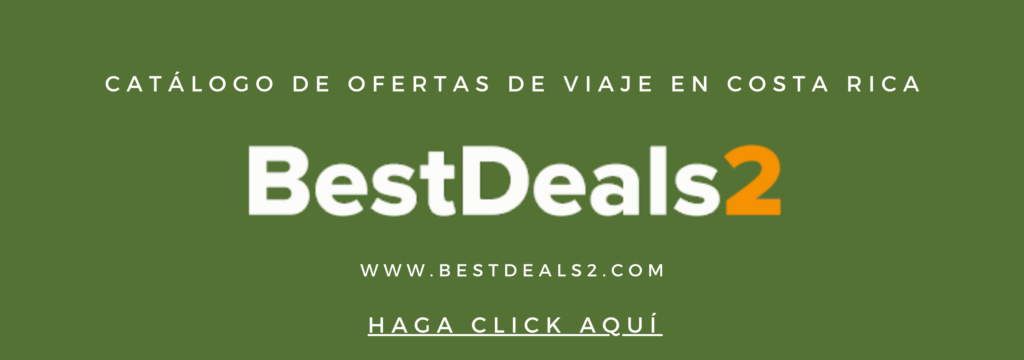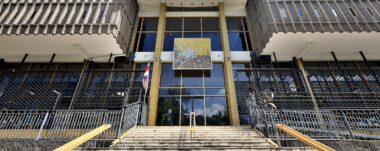Refugio Animal Costa Rica: Promoting Respect for Animals and Nature
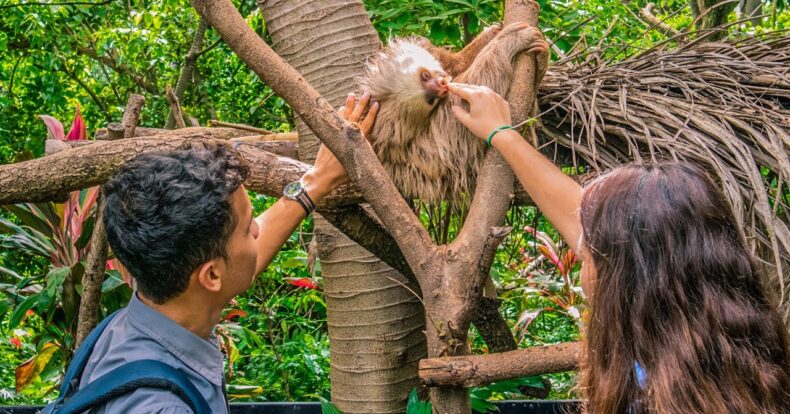
Refugio Animal Costa Rica
Refugio Animal Costa Rica stands as a bastion of hope and care for the country’s wildlife. This shelter, located in Santa Ana, just 5 minutes from downtown San José, cares for up to 1,500 cases of wild animals a year, from those found inside homes to those that have suffered electrocution on public power lines. All of these animals are cared for according to their individual needs. Sometimes they require specialized veterinary care, while in other cases they are simply relocated to safe wild areas.
Volunteering at the Animal Shelter Costa Rica: Caring for and Rehabilitating Our Wildlife.
The volunteers play a crucial role in the care and treatment of these animals. For volunteers, the shelter offers a beautiful volunteer house, called Ewa, which means “Hello” in the indigenous Bribri dialect. This house, located on the refuge property, provides security and all meals included for volunteers. Laura, a volunteer, discovered Costa Rica through wildlife conservation volunteering and had the opportunity to meet other international volunteers, live a unique experience and learn about Costa Rican customs, gastronomy and typical Costa Rican words.
The main objective of Refugio Animal Costa Rica is to rehabilitate and return 70% of the rescued animals to their natural environment. Sadly, however, there are always cases that cannot be returned to their natural habitat because it would mean their death. When this happens, the shelter provides the best care possible and spaces for them to be happy and healthy, becoming Education Ambassadors through guided tours.
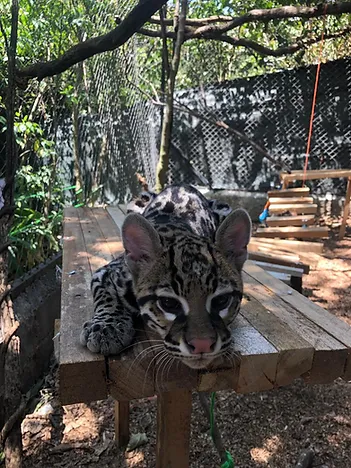
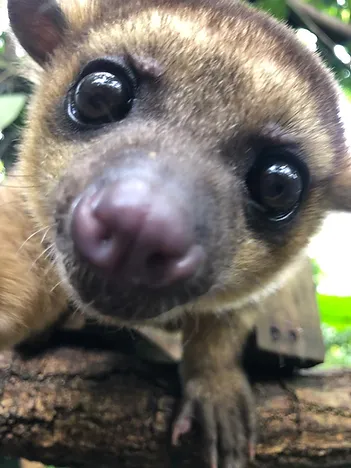
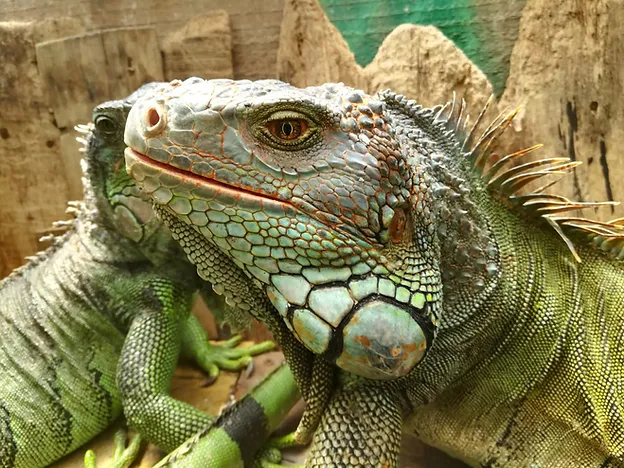
Education and Conservation.
Also, the Refugio Animal Costa Rica is dedicated primarily to the care and protection of wild animals. Volunteers at this rescue center work with species such as the two-toed sloth, howler monkey, white-faced capuchin, white-nosed coati, kinkajou, northern raccoon, nine-banded armadillo, white-tailed deer, marbled squirrel, Mexican hairy porcupine and common possum, and a variety of birds.
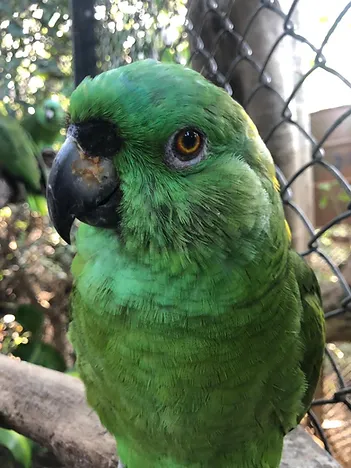
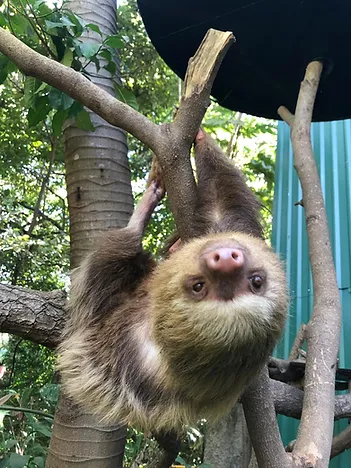
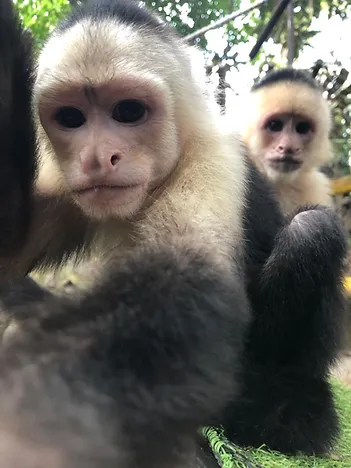
The rescuers save most animals at the center from threats like electrocution, attacks, and illegal trade. Rehabilitation and study of Costa Rican wildlife is the refuge’s goal, and volunteers play a significant role in the care and protection of these animals.
During the guided tour of the refuge’s trails, visitors have the opportunity to learn about more than 75 species of Costa Rican animals, each with its own history and reasons why they cannot return to live in the wild. Many of these animals were kept as illegal pets, which explains why most of them are very accustomed to being around humans. Education plays a crucial role in wildlife conservation. “The most powerful conservation tool is ALWAYS educating the next generations on how to respect wildlife and the balance of nature,” they say at the refuge.
Located in Santa Ana, San José Metro, province of San José. You can visit it from Monday to Sunday, with opening hours from 9:00 to 17:00 on Mondays and from 9:00 to 16:30 on Tuesdays to Sundays1. It is not necessary to make a reservation to visit. Admission costs ₡ 6,000 for adults, ₡ 4,500 for children over 3 years old, ₡ 4,500 for seniors, ₡ 4,500 for students with ID and is free for persons with disabilities. For foreign visitors, the entrance fee is $30.00 for adults, $15.00 for children over 3 years old, $25.00 for seniors and students with ID.
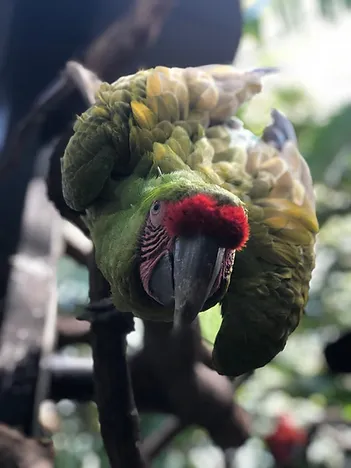
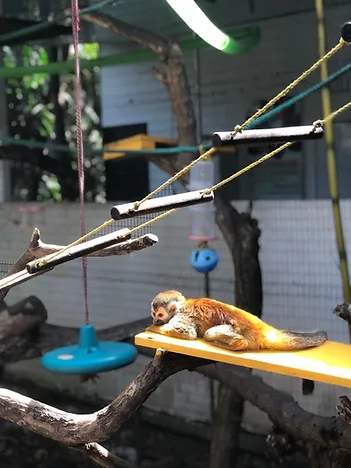
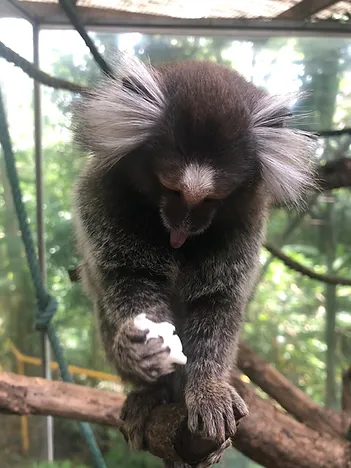
Refugio Animal Costa Rica cares for and protects wild animals, seeking to rehabilitate and reintegrate them into their natural habitat. Found in the central Pacific area of Costa Rica, it offers volunteer opportunities in the care and management of animal species such as jaguars, sloths, macaws, tapirs, anteaters and other species. To volunteer at the Animal Refuge Costa Rica, no previous experience in wildlife management is required, but a sincere commitment to activities that promote animal care and management. Tasks include the nurturing and protection of wildlife, as well as participation in an environmental volunteer program in Costa Rica with wild animals.
Sensorial Sunsets
Previous article Transforming Coffee Into Energy: The University of Costa Rica's Innovative Coffee Waste Reuse System
Navigate articles



